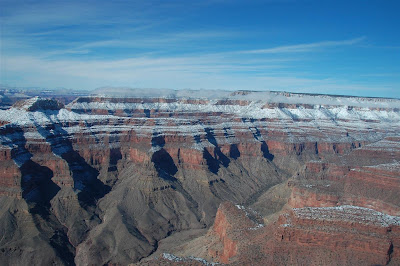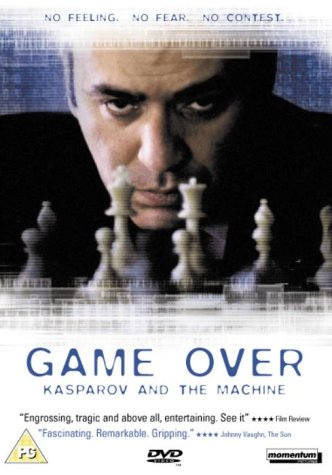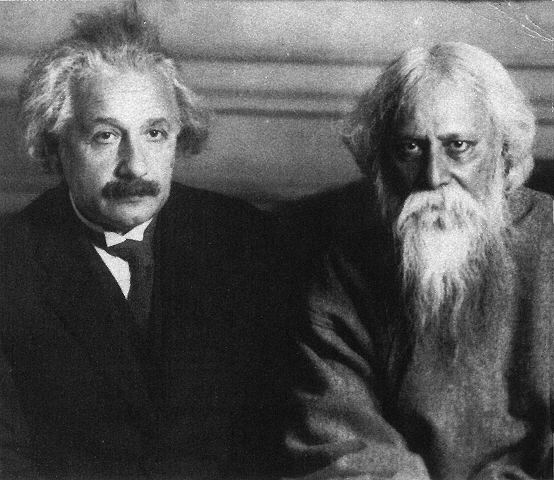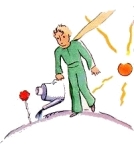On with the photos!
Early morning reflection.

As mentioned previously, Williams was our first exposure to old Route 66, so we kinda went camera and shop crazy. The town is really small, but we must have spent an hour just walking around...





I was really tempted. I figure that just goes on the 'to make' list.


Off in the car again. The Grand Canyon is about an hour north of Williams (vs. about 1.5 hours outside of Flagstaff). Although Flagstaff is nice, Williams seems to be the better bet on places to stay within striking distance of the Canyon.

Just sleeping. He wasn't there on our way back.

Now at the GC, there was tonnes of snow, and very little tourists. It really did seem to be the perfect time to visit.


The snow really helps with the depth definition.


We really got some great shots of the Canyon just walking around... if you find yourself near the South Rim of the Canyon, drive.walk.bike up the steep entrance to El Tovar hotel (Einstein once stayed there!), as suggested to us by a friendly lady as we were U-turning onto a one way street near the community centre there. Once there, access to the GC is unfenced, direct and spacious, and the contours in this particular spot are great as well.


Not the best shot. In Williams one could hop on the Grand Canyon Railway and 2.5 undoubtedly scenic hours later would be dropped off steps from the advertised. It really is a full day trip, there and back, and thought it better to leave that for a second visit.

There were no bikes on the road, but signs were everywhere and ready for the spring.

After spending about an 1. 5 hours just walking, talking and taking pictures, we decided to at least try to take a helicopter ride over the giant hole.
Adam dove into the airport, and found that just down the street Papillon offered 30 minute flights for $150 each. Since I've never been in a helicopter (and Adam only once before), we thought this would be the perfect opportunity. Also, it was taking off in like 5 minutes.

We sat with a couple of others, and window access was full. There was unfortunately no "Danger Zone" played over the headsets, although Adam commented that it did sound like it was about to come on at one point. We just sang it a cappella in the car afterward. No, seriously, we were jacked.


We got lucky with the low hanging clouds, and with the weather in general. These small pictures don't really do the size of the Canyon justice, but you could figure that.
I could bore you with about 50 more of these, but I figure I'd have to sedate you with booze first. In saying that, plans can be arranged.
.



Once landed, Adam was told to take off.
It was a great experience. There is some video archived as well, but I'll save that for another time...
The Grand Canyon was pretty awesome, and a one night Las Vegas / one night Grand Canyon getaway would be very much be worth it (and relatively cheap), especially if you've never been. It is something that you need to experience with someone else, and sharing that gaping hole with Adam was unique, and something very special to me.
So, back on the road now, and looking to head to Santa Fe before it gets too late.

The round trip from Williams to the Grand Canyon to Santa Fe is about 530 miles.
For lunch, we stopped at Charly's in the lovely Weatherford Hotel, Flagstaff, AZ.


err... different hotel.

Flagstaff, where they will tow your dog.

Cholla Power Plant. Absolutely disgusting, and can be seen for approximately 50 miles around. Located on the man-made Cholla Lake, which slightly bubbles as it cools the refuse from the power generator.
View Larger Map
I figure that big black spot over the power plant is the smoke. Apparently none of the power generated here stays in Arizona; it gets sold to California and Oregon. Apparently there are some carbon capture studies being done now at Cholla, but this thing is just plain disgusting.
Well, on to better things. Apparently we're approaching Knife City!


.. and Goodwater. The town with no services.

Ladies and gentlemen, I present to you Goodwater, Arizona. You just missed out on owning this no service town. The 600 acre property sold recently for just under $800,000. The headquarters improvements consists of a mobile home, concrete bunkhouse, a large hay/livestock barn, and several out buildings. Telephone and electricity are available to the headquarters site.


Apparently updated just a few days ago, isitconstitutional.com




A rest stop just inside the New Mexico borders. I liked the bench, and didn't like the facilities.

I really can't add to the perfection of this picture.

SO, arrived in Santa Fe; it must have been somewhere around 10 pm. The place looked dead, except for a handful of pockets around the Plaza. Maybe it was just too cold? Above, Adam is about to sample his first chiles rellenos of the trip at the Inn of the Governors' Del Charro Saloon, where the house margarita is cheap, sweet, and plentiful.



Empty Plaza at night; too cold?

I'm sure Santa Fe is a great town with some great culture, but to me, it turned out to be the only disappointing town visited on the trip. Maybe I hyped it too much in my head. Being there for basically 15 hours overnight, it didn't really strike a chord (more pictures are coming from the next day...), but probably didn't get its fair shake either. It would be interesting to go back there in warmer climates, but honestly, it does feel a bit too much like a tourist town for Americans to visit the southwest. We're Canadians. It just never really was going to work out. I think Adam described it as Disneyland's southwest outpost, and I agree.
However, it's not just about the sights, the architecture, or the towns. It's also about the people you meet, and the stories you share. The picture above is us with our favourite Santa Fe bartender, Aaron. Although we had our pick from a few (if you ever go to Evangelo's make sure the bartender is in a good mood(!); that may have stemmed from us being the only ones in the bar), I think what sold us most with Aaron was his easy pours, local Catamount and ex-wife gossip, at 3am.
See part 1 here.







